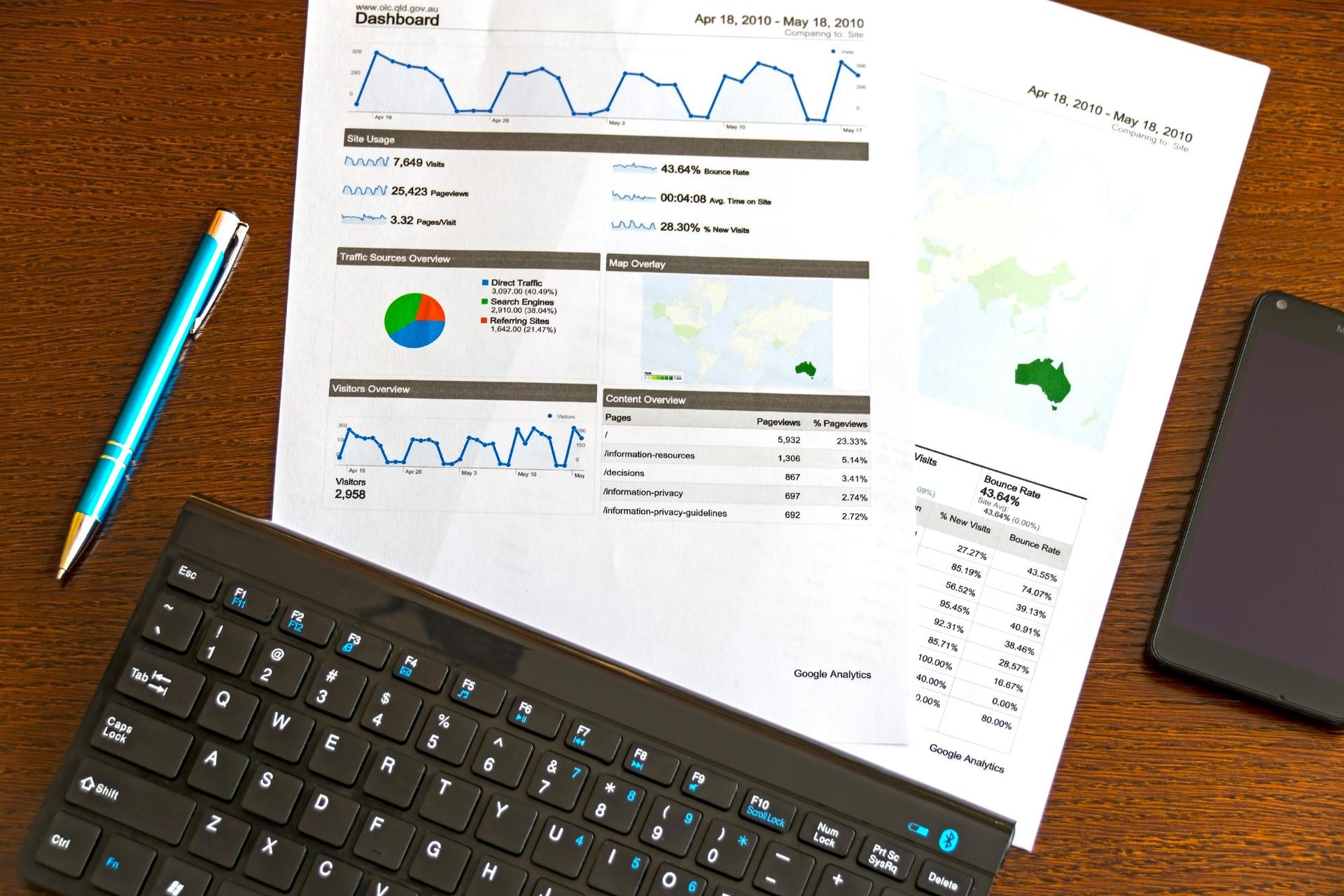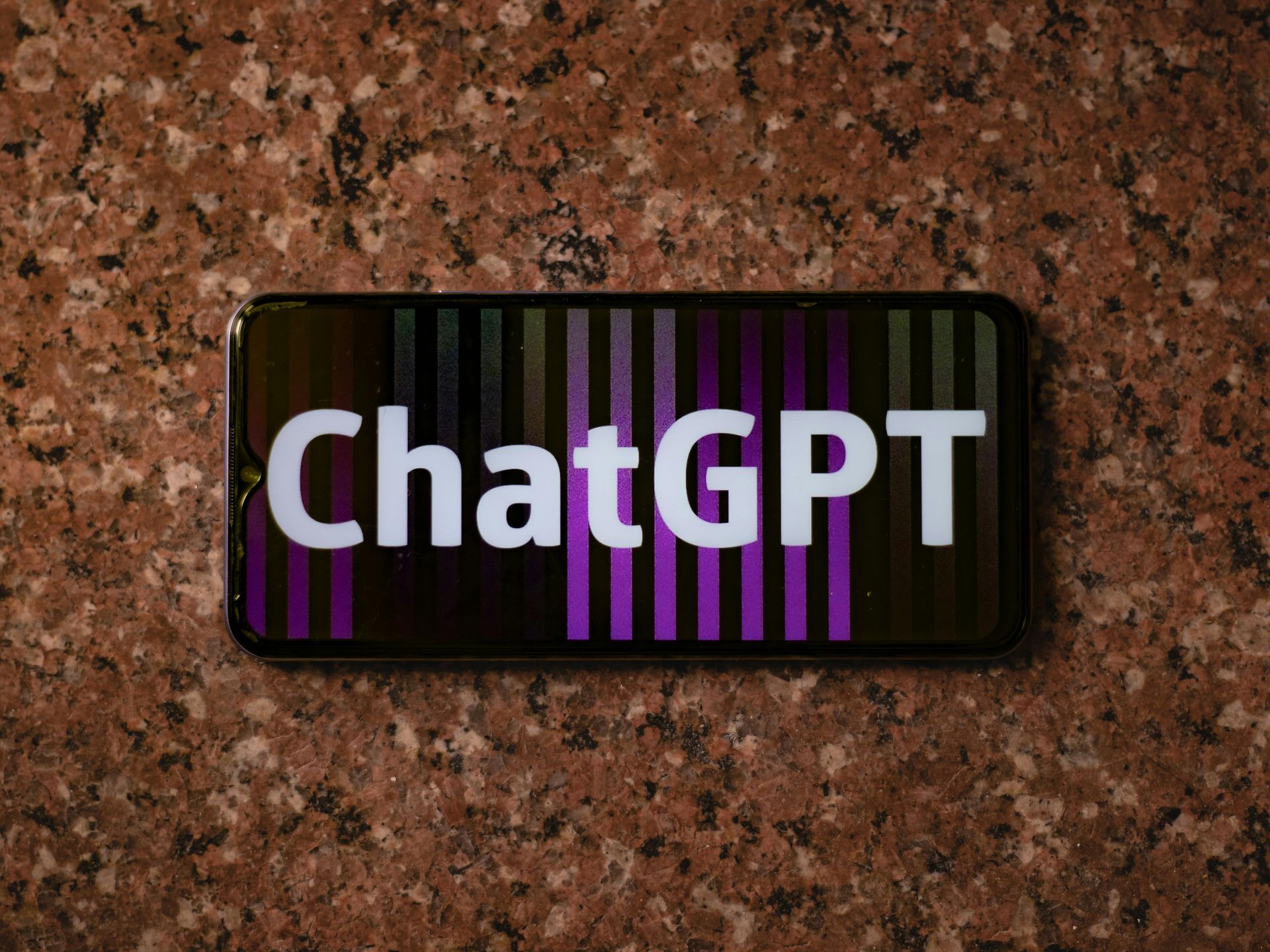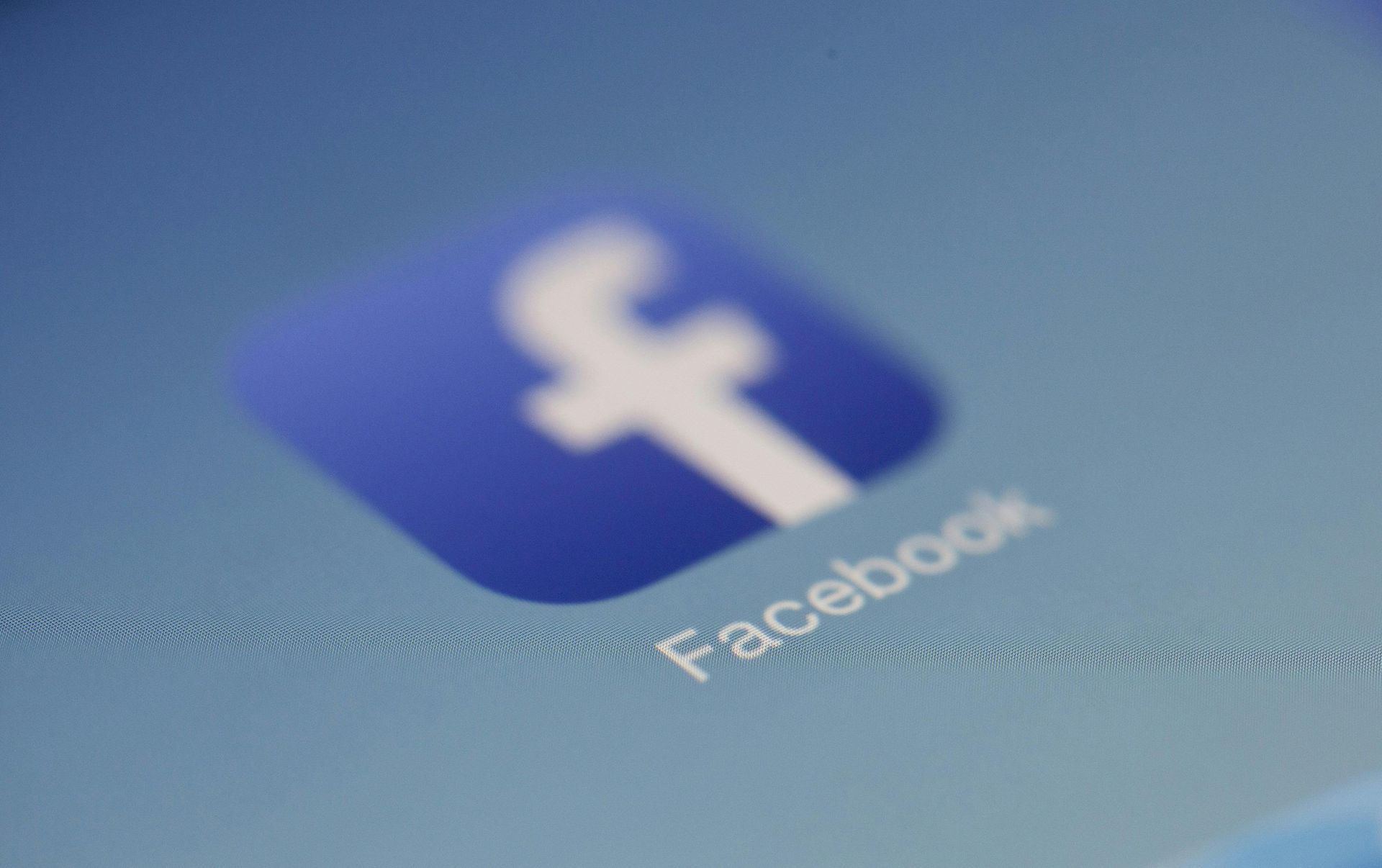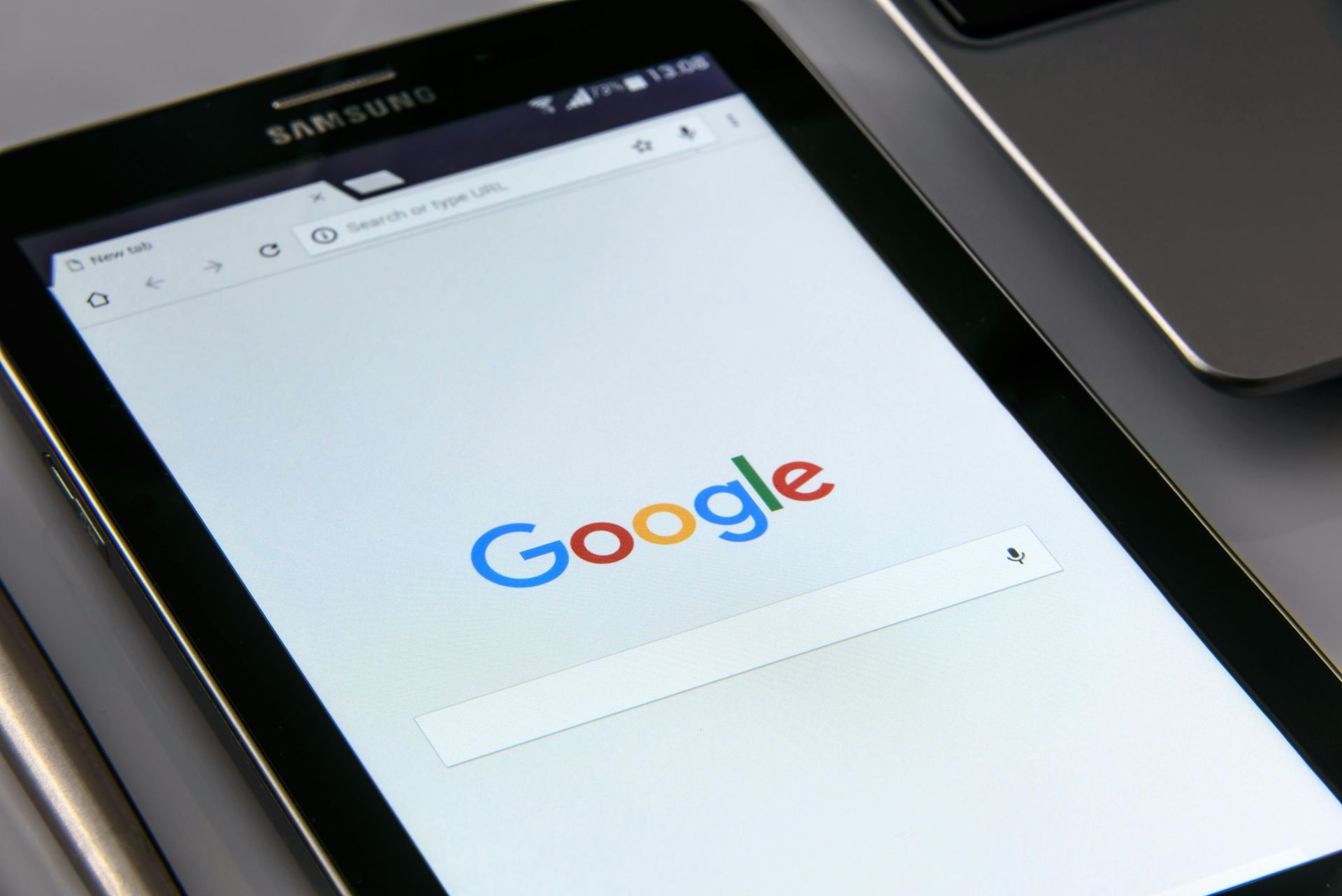How to Market When the Client and User Are Different
Successful marketing requires that you understand that the client and user may not always be the same person. To effectively reach both groups, marketers have to focus on different needs and motivations. This distinction is aboslutely crucial for crafting tailored messages that resonate and drive engagement, enhancing overall business success.

Marketers need to appreciate the unique perspectives of both the client and the user. This understanding allows the development of strategies that target the interests of each group, ensuring that the marketing approach aligns with the actual behavior and preferences of users. Such strategies might include segmenting audiences, using varied messaging, and choosing the right channels for communication.
By recognizing the differences in their targeted audiences, marketers can better position their messages and products. Creating a compelling narrative that appeals to both clients and users can bridge the gap between these two groups, ultimately leading to greater satisfaction and loyalty adn engagement with your audience.
Key Takeaways
- Understanding the dynamics between clients and users enhances marketing effectiveness.
- Tailored strategies are essential for addressing distinct needs and desires.
- Effective communication fosters engagement and builds stronger relationships.
Understanding the Buyer-Seller Dynamic

The buyer-seller dynamic plays a crucial role in marketing, especially when a client’s needs differ from those of the end user. Recognizing these differences can help create effective strategies that appeal to both parties. This section will explore key elements of the dynamic, focusing on identifying the client, understanding the end user, and recognizing their differing needs.
Identifying the Client
The client is often the business or the decision-maker who purchases a product or service. They may prioritize factors such as cost, return on investment, and overall efficiency.
To identify the client, marketers can take several steps:
- Research the Business: Understand the client’s industry, goals, and challenges.
- Engage with Stakeholders: Communicate with decision-makers to gain insight into their objectives.
- Clarify Expectations: Determine what success looks like for the client.
Marketers must tailor their messaging to speak to the client’s needs. This ensures alignment with their strategic goals and increases the chance of a successful sale.
Understanding the End User
The end user is the individual who directly interacts with the product or service. They have their own desires and pain points that may differ from those of the client. Understanding the end user involves:
- Conducting User Research: Surveys and interviews can unveil how users perceive a product.
- Creating User Personas: These are detailed profiles that represent different segments of the user base.
- Analyzing Feedback: Monitoring reviews and feedback helps adjust the product based on user needs.
Focusing on the end user enhances the user experience, which can lead to greater satisfaction and longer-term loyalty.
Differences Between Client and User Needs
Clients and end users often have distinct requirements. For example, a client may prioritize budget constraints, while an end user could emphasize ease of use. Some key differences include:
- Decision-Making Process: Clients base decisions on metrics, while users may rely on their personal experiences.
- Value Perception: Clients focus on ROI, while users consider functionality and satisfaction.
- Communication Channels: Clients often prefer formal presentations, whereas users respond better to engaging, straightforward content.
Marketers need to craft strategies that address both perspectives. This dual approach ensures that the product not only meets the client’s goals but also resonates with those using it daily.
Frequently Asked Questions
When clients and users differ, marketing strategies must carefully align to meet the unique needs of each group. Understanding their distinct preferences can enhance communication and improve outreach efforts.
How can a marketing strategy be tailored when the buyer is not the end-user?
A tailored marketing strategy often addresses the specific goals and challenges of the client while considering the motivations of the end-user. Marketers should focus on highlighting benefits that appeal to the client, while also ensuring that the user experience meets expectations.
What methods can be used to effectively communicate with both clients and users in marketing?
Effective communication can involve using targeted messaging that resonates with both audiences. This may include developing separate content paths or campaigns that speak directly to the client’s business goals and the user’s preferences.
Which marketing channels are most effective for reaching separate client and user groups?
Different marketing channels can be leveraged based on the audience. For instance, email campaigns might work well for clients, while social media may effectively reach end-users. The choice of channels should reflect where each group spends their time.
How can market research be leveraged to understand the needs of both clients and users?
Market research plays a crucial role in identifying the different needs and preferences of clients and users. Surveys, focus groups, and data analysis can provide insights that inform marketing strategies tailored to each group's requirements.
What role does customer segmentation play in the marketing when clients and users differ?
Customer segmentation helps marketers categorize both clients and users into distinct groups based on shared characteristics. This approach allows for more customized campaigns, ensuring that messaging and offers are relevant to each segment.
Can you provide examples of successful marketing strategies that cater to both clients and end-users simultaneously?
Successful strategies often involve dual messaging that speaks to both audiences. For example, a software company might emphasize increased efficiency for clients while highlighting user-friendly features for end-users, ensuring both groups see value in the product.










